This world is full of creatures of all kinds of colours and patterns, and such conspicuous colours make their beauty inescapable to us. But, some of them are different. They choose to hide in plain sight. Are they too shy, or do they just want to be stealthy? Let’s know a little more about the different types of ghostly, glassy, transparent animals that are lurking around us.
1. Jellyfish, Salp, Sea Angel, Sea Cucumber, Syphonophora and all things jelly-like
Probably the most common of the transparent animals are the different kinds of jellyfish, a Cnidarian marine animal. The salp, sea cucumber, sea angel, Syphonophora, etc., all animals with a gelatinous body, may appear as a jellyfish in the eyes of a ley man. But, they are all different. Salps are groups of free-floating transparent tunicates, while transparent sea cucumbers are echinoderms. Siphonophores like Portuguese Man-O’-War are hydrozoan, and sea angels are small swimming sea slugs. But, there is one thing common among all of them: their glassy skin.
2. Glass Frog
This arboreal amphibian has an almost transparent abdominal skin, which puts on display many of its internal organs such as the heart, gastrointestinal tract and liver. The dorsal skin is less transparent, but, it still has a glassy appearance with a greenish tinge. The inside, too, is almost visible.
3. Barton Spring Salamander
This rare species of salamanders lives in the fresh water of the Barton Springs in Texas and has no lungs. The almost translucent skin, which gives it a rather albino appearance, allows the internal organs, and sometimes, even the previous day’s food in the stomach, to be viewed from outside.
4. Chaetognatha
These carnivores live in the Polar region and feed on planktons. The predatory animals are mostly transparent or translucent. Their bodies are distinctly divided into a head, tail and trunk. It is dart-like in shape and is covered in cuticles.
5. Glass Shrimp, Cave Crayfish, Transparent Amphipods
There are several small crustaceans such as the transparent amphipods or Phronima from North Atlantis, the glass shrimp from Texas and cave crayfish from Arkansas, that adapt to transparency as a survival strategy. These amphipods are deep sea creatures, while the shrimps live in fresh water, and the crayfish live in caves. These amphipods completely transparent, and some of them can be quite vicious, such as the Pram Bug that devours its prey, the salp, from the inside, and hollows its way out. These crayfish and shrimps, both endangered species, are both pigment-less and white, and almost transparent, and are often not visible against the water background or in darkness, especially the shrimps.
6. Glass Squid and Glass Octopus
The glass squid and the glass octopus are two octopods that people are hardly aware of. They lurk around the deep waters like ghosts. The glass octopus is quite unusual, with little knowledge about the creature except the fact that it has keen eyesight. The glass squid can hide easily from its predators as it appears almost transparent and has the ability to puff up into a ball. Some of the glass squids are bioluminescent.
7. Glass-winged Butterfly
These beautiful butterflies often go unnoticed by the common, careless eyes, had it not been the opaque outline and veins. Such is the transparency of their wings that the Spanish call them ‘Espejtos’, which literally means little mirrors. They display many strange behaviours such as migration over long distances, or competition among males to entice females.
8. Tortoise and Leaf-mining Beetle
There are many different kinds of turtle and leaf-mining beetles all with different names. The carapace has a pattern, and the edges are all transparent, giving the beetle a fancy look. So, though it is not entirely transparent, but it is one of the most beautiful ones with a clear shell and vivid patterns. The markings are all different in case of the different kinds or turtle and leaf-mining beetles.
9. Fishes
Transparency being a clever defensive tactics, many a fish, too has adopted this game-plan. The Indian glassy fish is a still water fish with a transparent body that reveals its insides, and is the prey of large predators. Humans artificially tinge its dorsal part for their aquariums. In the Atlantic lurks the ghostly predator called the crocodile ice fish. Besides the transparent flesh, it has a transparent blood, too, owing to the lack of haemoglobin. It is the only vertebrate to have no haemoglobin in blood. A new species of transparent fish has been found in the Amazon. The Transparent Amazonian Fish is extremely small, and its body is transparent but beautifully tinged body, with a brightly blue stomach being visible vividly. A special fish in this category is the Barrel eye or Spook fish, which has a completely transparent domelike head. While the rest of the body is not transparent, it is this transparent head that helps it to look in all directions at once, with its eyes embedded inside the head. There are some man-made transparent animals too, like the Japanese transparent goldfish and Boston’s Zebra fish, both with transparency of skin and depigmentation of flesh, developed to study internal organs without dissection.
10. Transparent Snail
This newly discovered snail has a semi-transparent shell which is beautifully shaped like a dome. These snails, found in Croatia, are miniscule, and have limited ability to move. However, they are not completely immobile, and their dispersal takes place largely through passive transportation via water or larger mammals.
Special mention should be given to the animals who adopt transparency in their larval states, such as eels, squids, shrimps, flounders or blenny fish. The monarch butterfly, in its pupa stage, has a transparent covering. Some frogs, in their tadpole state, such as the Costa Rican tadpoles, are transparent. It is interesting how all the transparent animals try to hide themselves from the predators, and in the process, mostly end up baring even their internal organs.


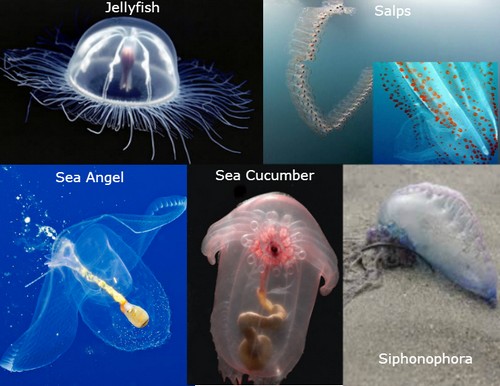
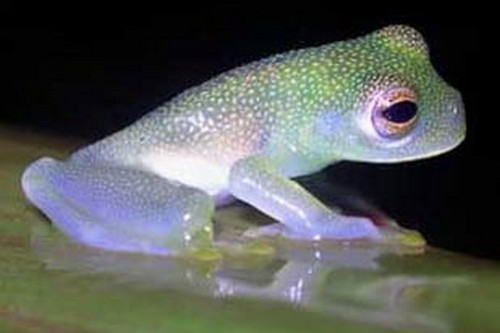
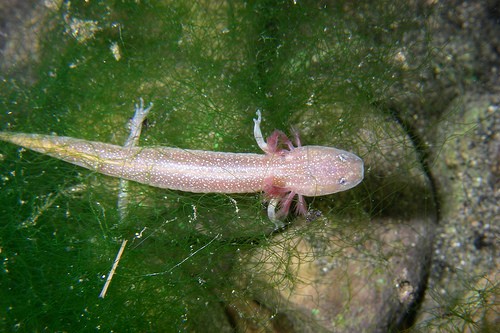
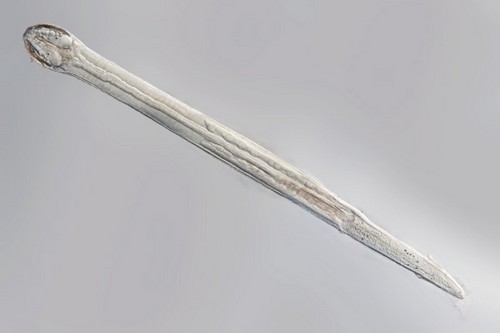
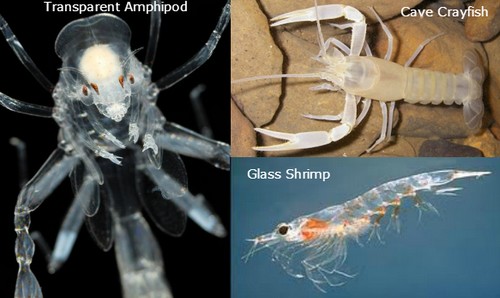
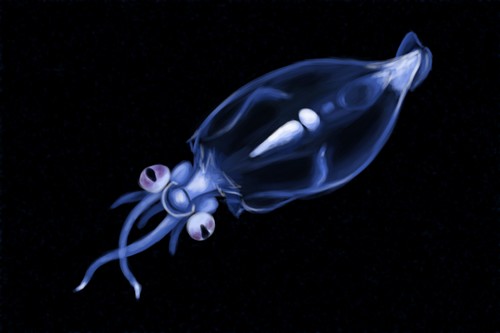
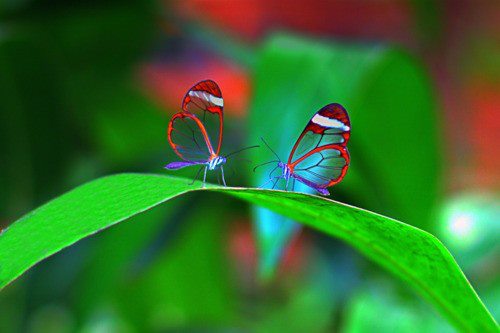
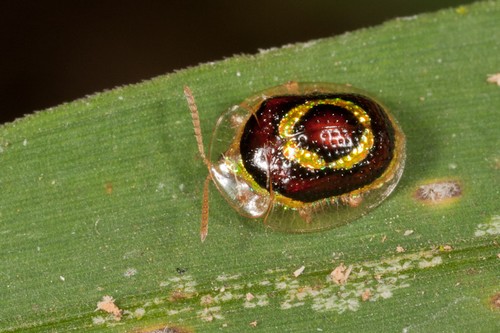
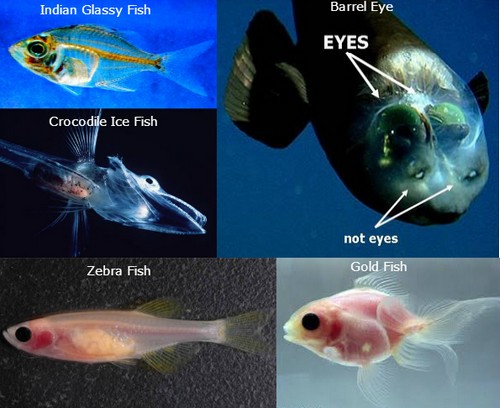
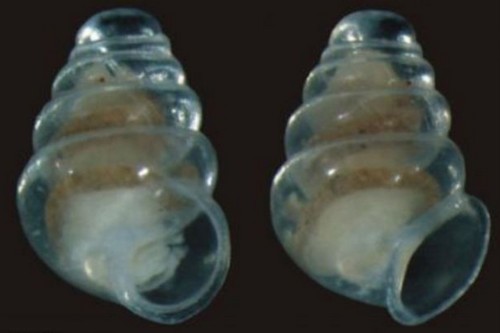

0 comments:
Post a Comment